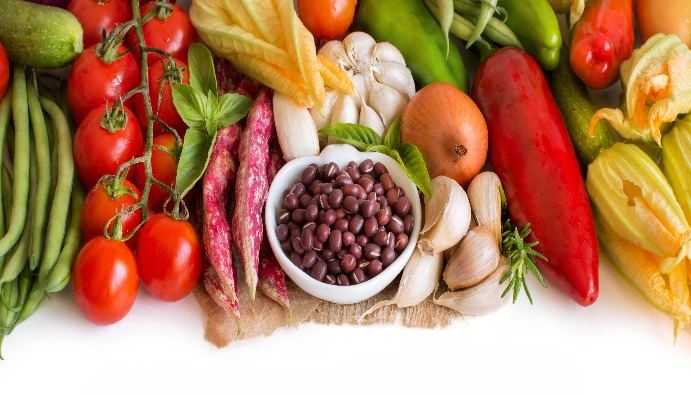
BLOG
KATEGORİDEKİ DİĞER YAZILAR

Due to the fact that the food sector has a wide range of products and the physical and chemical structure of each food is different, the storage, processing and transportation methods applied to each food also differ.
Due to the effects of foods on human health, they must meet the conditions of “Safe Food”. The only way to question the safety of food is laboratory analysis and test results. For this reason, many physical and chemical tests are carried out on food.
1. Fat Determination: It is used to calculate the energy value of the product by determining the total amount of fat in the food.
2. Total Dry Matter Determination: It is done to measure the amount of solids other than water in the product.
3. Protein Determination: It is carried out to determine the nutritional value and protein content of the food.
4. Acidity Determination: It controls quality parameters such as taste and durability by determining the acid ratio in the product.
5. Determination of Iodine Number: Analyzes quality and spoilage risk by determining the degree of unsaturation of oils.
6. Ascorbic Acid Determination: Monitors nutritional value and spoilage by determining the amount of vitamin C in foods.
7. Ash Determination: It is done to measure the amount of mineral matter in the product and the degree of purity.
8. Determination of Sulfur Dioxide (SO₂): Determines whether SO₂ used as a preservative in foods is within legal limits.
9. Determination of Total Heavy Metal (Lead): Checks whether heavy metal residues in foods are within health limits.
10. Nitrate and Nitrite Determination: Measures nitrate and nitrite levels and ensures compliance with legal regulations in terms of safety.
11. Carbohydrate and Energy Value Determination: It is done to determine the amount of energy of the product and to use it in nutritional labeling.
12. Monosodium Glutamate (MSG) Determination: Analyzes the amount of flavor enhancer MSG and monitors legal limits.
13. Dietary Fiber Determination: Determines the amount of fiber in the product and calculates the nutritional value.
14. Total Fat Determination: Performed to determine the total fat content in fatty foods.
15. Determination of Total Sugar, Invert Sugar and Sucrose: The label information of the product is organized by analyzing the types and total amount of sugar in the food.
16. Salt Determination: Determines the sodium content in the product and ensures compliance with health standards.
17. Starch Search: Checks the accuracy of the content by detecting the presence of starch in foods.
18. Mineral Determination: It is done to measure the amount of essential minerals such as calcium and potassium in the product.
19. Determination of Trans Fatty Acid Isomers: It is performed to prevent health risks by detecting the presence of trans fats in foods.
20. Honey Analysis: Various analyzes are performed to determine the quality, authenticity and purity of honey.
21. Dioxin Analysis: It determines toxic dioxin residues in foods and checks their suitability for human health.
22. Pesticide Analysis: Detects pesticide residues in foods and ensures safe consumption.
Nanolab Laboratories Group continues to provide services within the scope of Chemical Analysis in Foods.
Contact us for more information.
You can follow us on LinkedIn for up-to-date news and posts about our services.
Follow our Instagram account to be informed about our latest blog posts.